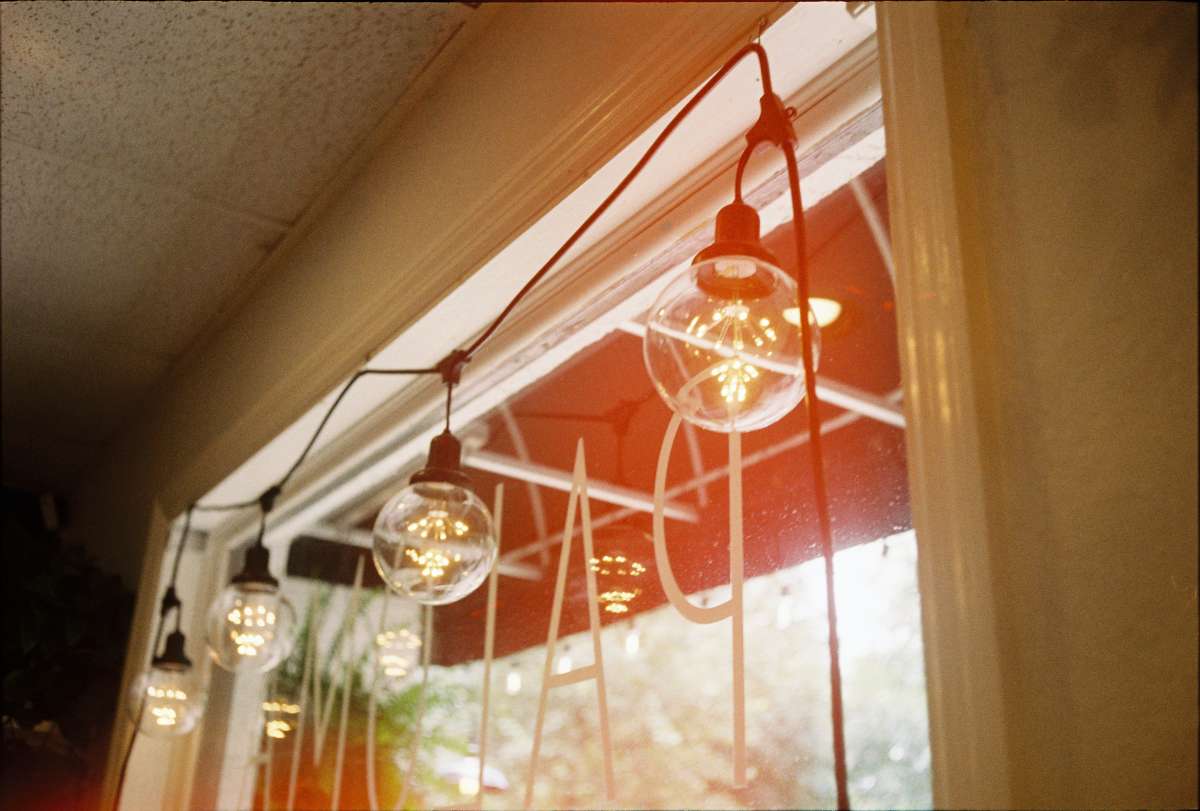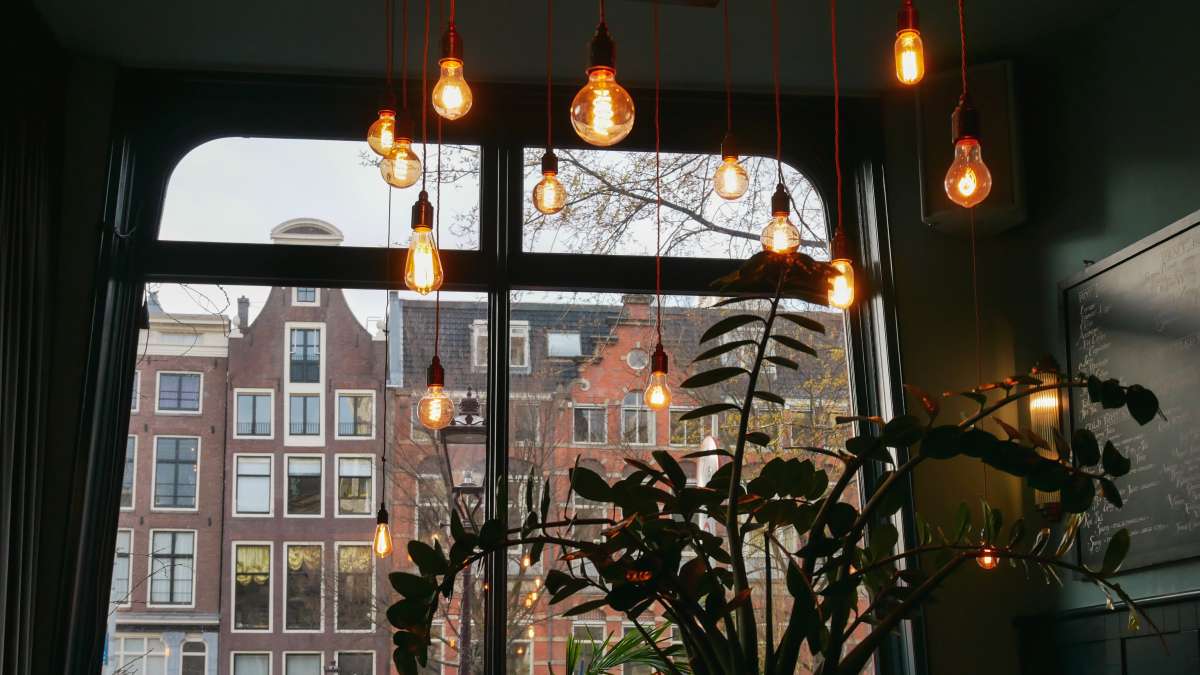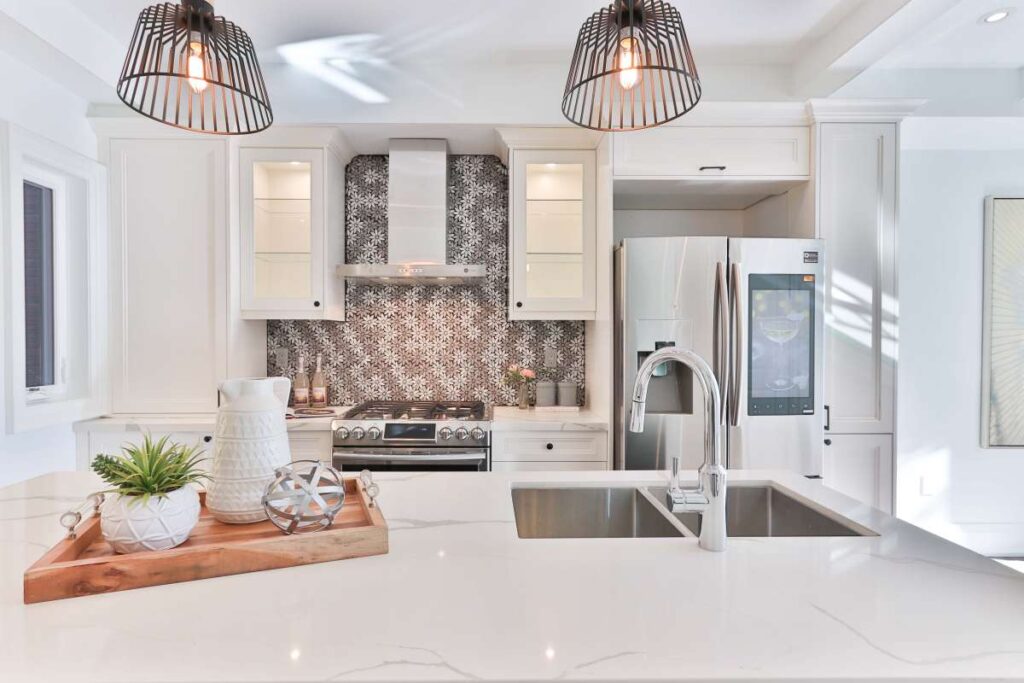Lighting – it can make or break a room, budget, or mood. Do you feel inadequate to style your home, whether it is a new build, under a full renovation, or just itching for some change?
Knowing proper interior aesthetic and design principles, including contrast, balance, movement, texture, proportion, repetition, and colour, when it comes to incorporating the correct type of lighting in your home can be difficult.
You can feel completely overwhelmed about where to start and have no idea how to make your home feel like those you see on television, in showrooms, or displayed in magazines.
When selecting the proper light or style for each room in your home, consider the following tips. This simple home lighting design guide can help you become the skilled interior designer you've always wanted to be.
Broken up by room, this home lighting design guide will become a quick reference and can assist you in knowing what types of light to add, incorporate, or switch out of your space.
Regardless of the room, there is a crucial principle to consider and understand when implementing the perfect light into space.
Layering Light is the secret to creating the perfect light in every space. There are three common ways to layer light: ambient, task, and accent or decorative forms.
- Ambient — also referred to as general lighting fills a room. It can be in the form of recessed lighting, wall-mounted lighting fixtures, or even track lighting.
- Task — takes into consideration what activities or events will take place in a specific room. Some tasks require brighter, more focused light, whereas other tasks could be completed with dimmer accent lighting options. Table or floor lamps are a great example of task lighting. This type of lighting will influence the type of fixture and the placement throughout the space.
- Accent/Decorative — can be bold or simplistic depending on the placement. It is usually implemented to highlight a specific area of focus. An example might be picture lights or wall sconces. Dimmer lights would also be considered a form of accent light as it helps build mood an ambience when applied strategically.
Types Of Lighting Fixtures

Any options exist for providing light in a home, from integrated architectural solutions that require contractors and tradesmen to decorative lamps that need only be placed on a table and plugged into the nearest outlet.
Although some types of fixtures are more commonly associated with a particular layer of lighting ambient, task or accent, most fixtures are versatile enough to be used in a number of ways.
Architectural
The three most common forms of architectural lighting are cove, soffit and valance; all three are integrated into the room's structure.
Cove lighting is located in a ledge, shelf or recess high up on a wall, and the light is bounced toward the ceiling or upper wall. Soffit lighting is located in a soffit or cornice near the ceiling, and the light radiates downward, washing the wall with light.
Valance lighting is located in a wood, metal or glass valance (horizontal shield) mounted above a window or high on the wall, and the light bounces both upward and downward.
The technique of bouncing light off walls and ceilings is known as indirect lighting, which is favoured by many lighting professionals because indirect lighting minimizes shadows and glare. Architectural lighting is most often used as ambient lighting.
Recessed
Installed above the ceiling, this type of lighting has an opening that is flush with the ceiling. A recessed light requires at least 6 inches of clearance above the ceiling, and insulation is essential to ensure that condensation does not drip into the fixture.
Recessed lighting sends a relatively narrow band of light in one direction; it can be used to provide ambient, task or accent lighting.
Track
Mounted or suspended from the ceiling, track lighting consists of a linear housing containing several heads that can be positioned anywhere along a track; the direction of the heads is adjustable also. Track lighting is often used for task or accent lighting.
Undercabinet
Mounted under kitchen cabinets, this type of lighting can be linear or a single puck-shaped fixture. Undercabinet lighting is extremely popular as task lighting in a kitchen.
Pendants
Suspended from the ceiling, a pendant light directs its light down, typically over a table or kitchen island. A pendant can enhance the decorative style of a room. Pendants can provide ambient or task lighting.
Types Of Light Fixtures
- Chandeliers. Suspended from the ceiling, chandeliers direct their light upward, typically over a table. They can enhance the decorative style of a room. Chandeliers provide ambient lighting.
- Ceiling. This type of fixture is mounted directly to the ceiling and has a glass or plastic shade concealing the light bulb. Ceiling fixtures have been common in homes for nearly a hundred years, often providing all the ambient light in a room.
- Wall Sconces. Surface-mounted to the wall, sconces can direct light upwards or downwards, and their covers or shades can add a stylistic touch to a room. Wall sconces provide ambient or task lighting.
- Desk, Floor & Table Lamps. Made in a wide range of sizes and styles, lamps are extremely versatile and portable sources of light in a room. Most lamps direct light downward, with the exception of a torchiere, which is a floor lamp that directs its light upward. Lamps are often used as task lights, particularly for reading, but can also provide ambient light.
Different Types Of Light Bulbs
The light bulbs have been illuminating our homes, offices, and buildings since Thomas Edison and Joseph Swan invented the first incandescent bulb in the 19th century.
Two century after, lights bulbs have seen tremendous development and significant improvement regarding efficiency, quality of light, density, and energy conservation.
Even though we still carry the basic image of a light bulb in our mind, the light bulbs are available in different shapes, sizes, voltages, and material.
The Electrical and Lighting Distributor Bay Area offer lamps and light bulbs manufactured by General Electric, Philips, Cooper Lighting, Delights, etc.
Here is the list of the five most common types of Light Bulbs, along with their respective advantages.
Incandescent Bulbs
Incandescent bulbs are the typical bulbs. In an incandescent bulb, a tungsten filament glows when the current passes through it, illuminating the bulb. The tungsten filament is surrounded by a vacuum or nitrogen gas.
The bulbs are available in different sizes, including GLS, globe, candies, mushroom. However, the sudden flow of current causes the filament to heat and burn out. Incandescent bulbs only work for 700–1000 hours and are cause energy waste.
The incandescent bulbs have been the most common type of bulbs in the buildings since the invention of bulbs and are only recently replaced by the newer form of technology, including LEDs, Fluorescent and HID bulbs.
Fluorescent Lamps
Fluorescent bulbs are more complex than incandescent bulbs. In a fluorescent tube, the electric current passes between the cathodes, exciting mercury and other gasses which are filled inside, radiating energy.
The phosphorous coating at the outside converts radiant energy into visible light. The fluorescent lamps use less energy to produce the same amount of light and can last longer. But, these are difficult to dispose of due to mercury filling.
Compact Fluorescent Lamps (Cfl)
The CFL is designed to replace incandescent bulbs in homes and commercial building. Working on the principle of fluorescent lamps, the CFL produces the same amount of light with less power. It consists of multiple tubular loops filled with mercury and has a resemblance to the incandescent bulb.
As compared to incandescent bulbs, CFLs have a longer lifespan up to 10000 hours, are more energy-efficient, and have higher luminous efficiency. But, the mercury in the loops makes them difficult to dispose of.
Halogen Lamps
Halogen lamps are an improved version of incandescent bulbs in which tungsten filament is wrapped with a compact transparent envelope. The bulb takes its name from the filling of a small amount of Halogen with an inert gas.
The inert gas increases the brightness and lifespan of the bulb resulting in higher luminous efficiency. These lamps are also smaller in size as compared to incandescent bulbs.
Light Emitting Diode (Led)
LED bulbs are becoming increasingly common because of their energy efficiency and a variety of light colours.
LED is a semiconductor device in which the electricity is applied to the negatively charged diode, resulting in the flow of electron and release of the photon. The photons combine to emit light from the diode.
Lighting Design Tips That Will Make You Look Like An Expert

When it comes to interior design, there is one aspect that is often overlooked. However, this tool has the potential to completely transform a room and greatly enhance the aesthetic appeal.
That tool is lighting. No matter how much careful consideration is put into the selection of furnishings, wall decoration and the type of floor in place, the correct choice of lighting can make the difference between a room that simply looks nice and one that looks spectacular. By following some of the simple lighting tips presented below, you can create an interior that any professional designer would be proud of.
Take Advantage Of Natural Light
Living within the temperate climate of the United Kingdom, it is not always easy to embrace the properties of natural light effectively.
However, the addition of mirrored furniture such as coffee tables will have the effect of bouncing any natural light around the room. Subsequently, your energy consumption is reduced as less artificial light is required.
Plan Your Room's Interior First
Lighting is at its best when it complements the furnishings and decor of a room. It is important to decide on exactly what kind of furniture you are looking to add to your space in order to be able to install the perfect lighting to enhance it.
Know The Difference Between Task Lighting And Mood Lighting
Task lighting and mood lighting are two very different things, with each having its own purpose of serving in an interior design scheme.
Task lighting is more functional and used in work areas such as studies. This type of lighting can sometimes appear harsh, so it should only be used for its intended purpose.
In contrast, mood lighting works on an altogether more aesthetic level and helps to set the overall tone and atmosphere in a room.
Mains-voltage Lamps Create Atmosphere
Even after all this time, with many advances in lighting technology, mains-voltage lamps remain firm favourites when it comes to creating the perfect atmosphere in a living space. For an air of cosiness and calm, nothing can beat a mains-voltage lamp.
A number of lamps spread strategically around a large living space create pockets of cosiness that look truly delightful.
Position Led Lights Carefully
Although they cost a little more to purchase initially, LED lights are extremely energy-efficient, have a long shelf life and require virtually no maintenance.
However, the correct placement of LED lights within a design scheme is crucial, as this type of light does not have the ambient qualities as the mains- or low-voltage variety.
Use Shadows To Your Advantage
When to comes to effectively lighting a room, many people hate the idea of there being too many shadows present. However, shadows provide depth, variation, texture and, above all, atmosphere.
Positioning lighting to create small pockets of shadow can greatly enhance the look and feel of a space, although you need to be careful that the shadow is not excessive as the room can then appear smaller.
Use Light To Create The Illusion Of Space
Human eyes are automatically drawn to the brightest point in a room. By carefully positioning recessed spotlights to shine against a wall, the resulting reflected light will create the illusion of more space.
Create Focal Points
By lighting any recessed points in a room that contain ornaments or artwork, you are creating a focal point.
Plug-in compact uplights or strategically placed led downlights can be very effective for switching the attention too much larger focal points, such as an ornamental fireplace.
Use Dimmers For Flexibility
Installing dimmers gives you instant control over your lighting scheme. The ability to be able to control a domestic lighting system is very important, as it gives you the opportunity to change the mood of a room to suit your own feelings at any given time.
For additional flexibility, each type of lighting within a scheme should have the ability to be controlled separately.
Layer Light Sources
All rooms in a house are three-dimensional, so any lighting scheme needs to reflect this as effectively as possible.
Before installing any lighting, look at all the different possibilities open to you, such as wall-mounted lights, recessed lighting, standing floor lamps and uplights.
Be Prepared To Spend
It may be an overused phrase, but it remains true that you only get what you pay for. Try to spend as much as you can reasonably afford on your lighting schemes.
Remember that good lighting can make or break a room, even with the presence of expensive fittings and furnishings.

